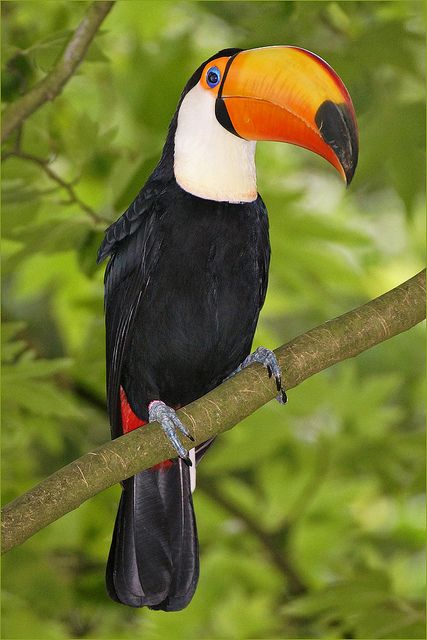Dear Integral Meditators,
Youthfulness and ‘staying young’ is something that a lot of people are concerned with for many different reasons. The article below explains how mindfulness can help us age slower, more gently and more gracefully.
In the spirit of beauty,
Toby
 Mindfulness, beauty & slowing the effects of ageing
Mindfulness, beauty & slowing the effects of ageing
If you look at the ageing processes of those around you, people your age, some younger, some older, you will notice that they seem to age at different rates. Some look truly young for their age, whilst others seem literally physically older and worse for wear than they are.
What are you in control of?
As an ex-Buddhist monk I have spent and do spend quite a lot of time recognizing and accepting the inevitability of old age and death, as well as the things that accompany it. But I am also interested in how I can age well, age slower, and bring as much of my youthfulness into my ageing process as I can. One of the ways in which we can start to exert positive control over the way we age and the preservation of our youthfulness is through regular mindfulness. Here are a few reasons why:
Energy preservation – Mindfulness practice invites ergonomic use of our physical, emotional and mental energy. It invites us to be aware of how to not burn our life force up needlessly, and to set a pace of acting, thinking and being that is conducive to ageing slower.
Excess tension in the body leads to lines – what is the effect of that line that you habitually crease your forehead with when you stare at your phone? Extend it over 5, 10, 15, 20,40 years and you have permanent lines. When you practice mindfulness you create a habit of a relaxed face and body, breaking up that line-creating tension in your face!
Excess tension and stress leads to bad habits – If you are mentally and physically stressed this very easily leads to bad habits in our diet, lifestyle, sleep patterns and so on that accelerate our ageing. By practising mindfulness we reduce our negative stress and you’re youth depleting habits that go with it.
Preserving the life force through focus – Whenever we focus our mind, our energy gathers and dwells within our body, enhancing and preserving our life-force, encouraging its strength and resilience.
Not letting your life force seep away through distraction – A distracted mind dissipates our life-force, and accelerates the degenerative process of ageing. Just once allowing your attention to be distracted by your phone habits or compulsive thinking won’t kill you, but habitual and chronic distractions over a period of months and years really affects the way you age.
Attention builds natural positivity – When you are regularly making your attention relaxed, focused and present, you naturally start to feel more positive; its like pressing a ‘reset’ button in your body-mind, you come out feeling good. Do this over months and years, and you’re going to look seriously different as a result!
None of the above costs anything, just your own applied effort to building some mindfulness practice in your life!
Smiling and releasing – An anti-ageing mindfulness practice
Here is a really simple mindfulness practice for reducing the effects of age and preserving your natural beauty, youth, looks and vitality. It focuses on the face, but you can easily apply it to other areas of the body:
- Gather your attention onto your face, use the breathing if you like
- Become aware of the parts of your face that are tense or tired, for example around the eyes.
- Place your attention and awareness gently in the area around the eyes. Raise the corners of your mouth to a half-smile and send that smiling energy to the muscles around the eyes. Use this attention to the area around the eyes to focus your mind at the same time as releasing the muscular tension and encouraging healing life-force to flow to that part of the face. Hold for a while.
- Repeat with other areas of the face.
Wishing you health, beauty and long life!
© Toby Ouvry 2017, you are welcome to use or share this article, but please cite Toby as the source and include reference to his website www.tobyouvry.com
Upcoming Courses at Integral Meditation Asia
Ongoing on Wednesday’s, 7.30-8.30pm – Wednesday Meditation Classes at Basic Essence with Toby
Ongoing on Tuesday evenings , 7.30-8.30pm – Tuesday Meditation Classes at One Heart with Toby (East coast)
Saturday April 8th, 9.30am-12.30pm – Integral meditation & mindfulness deep dive half day retreat
Tuesday & Wednesday evenings from April 18th&19th – Meditations for creating a mind of ease, relaxed concentration and positive intention – A six week course
Saturday April 22nd, 2-3pm – ‘How to develop your capacity for inner sight, and seeing inner worlds’
Saturday 29th April, 10am-5pm & Monday 8th May, 10am-5pm – How to do Soul Portraits Workshop
Integral Meditation Asia
Online Courses * 1:1 Coaching * Books * Live Workshops * Corporate Mindfulness Training *Life-Coaching * Meditation Technology









